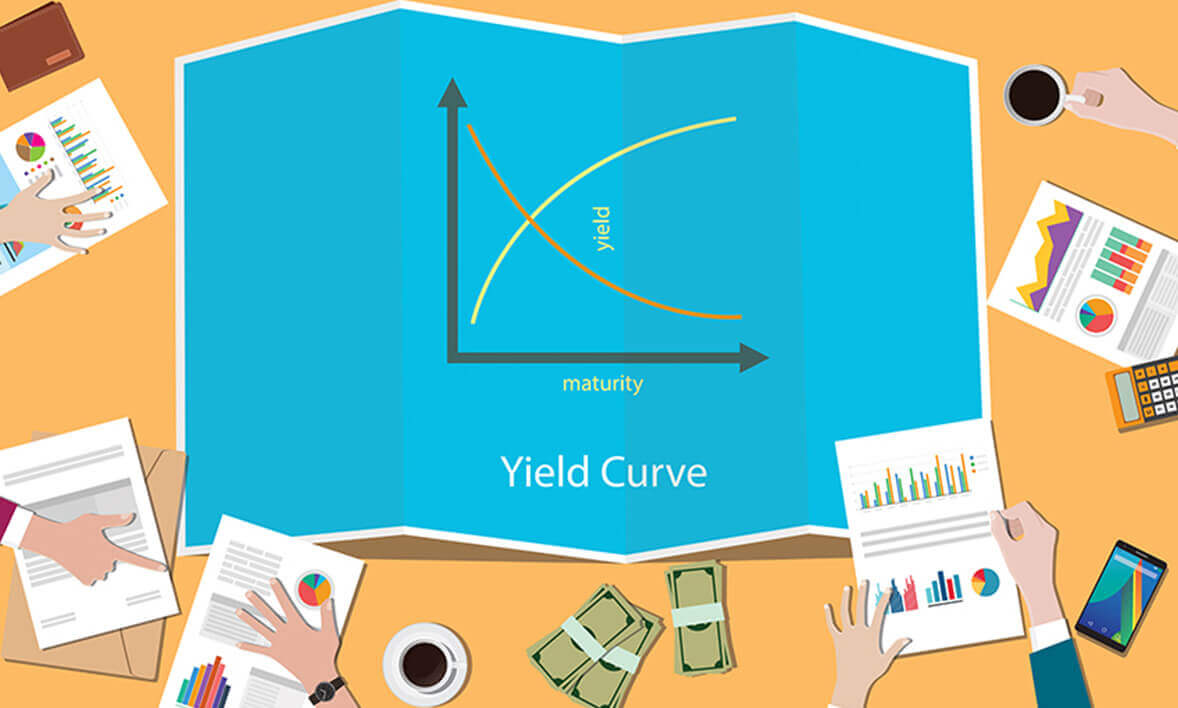Don't Let Fear Control Your Investments
Keep the faith and stick to your plan
The other day two interesting news items were adjacent in a pink newspaper.
One report said the US Federal Reserve chairman, Jerome Powell, has said that not only will interest rates continue to rise, but the pace will also be faster. The other said the yield gap between the five- and ten-year government bond has narrowed, suggesting that rate increases could soon end in India.
It was a different story the next day.
The next day, the same newspaper had a front-page lead story that said the yield on one-year treasury bills had surpassed the yield for the benchmark 10-year bond.
The news made it to the front page from the inside pages as headlines screamed INVERTED YIELD.
And that means... Textbook economics would suggest an imminent recession. But we must remember that the frequency of such calls makes investors ignore them.
Still, for the record, an economic slowdown has been signaled,
Is this new?
No. The National Statistical Office had already said India's economic growth fell to 4.4% in October-December compared with 6.3% in July-September.
Then what led to the yield inversion this time?
Then what led to the yield inversion this time?
This made some players in the market shoot first and aim later as they followed cues from the US. That's about it.
What does it have to do with a recession? Because a yield curve inversion has preceded every recession since the 1960s.
What is the yield curve?
The relationship between the one-year and 10-year bond yields is known as the yield curve.
How to interpret the yield curve?
The yield curve, usually, shows the relationship between the interest rates and the maturity dates of bonds issued by the government.

Of course, one can also use corporate bond yields to plot. But, it's primarily the yields of gilts, which are risk-free securities, which are used to plot the curve.
A normal yield curve has an upward slope, with short-term yields being lower than long-term yields.
When the yield curve inverts, it means that short-term interest rates are higher than long-term interest rates. This happens, usually when there is an expectation that the economy to slow down.
Why do long-term bond rates fall if the economy is going to slow down?
Because of expectations that the central banks will cut interest rates to stimulate the economy.
Should you be worried?
The US bond yield curve has been inverted for some time; it only got a tad steeper after Powell's statement.
The Indian market saw liquidity tighten because the Reserve Bank of India drained over Rs 25,000 crores on March 8th.
This was essentially a reversal of the three-year liquidity relief provided by the RBI during Covid.
The RBI will suck out another Rs 25,000 crore on April 10th.
On top of this liquidity-draining measure by the RBI, is the expected draining out of liquidity on March 15th as corporates and individuals by their final installment of advance tax for the year ending March.

Obviously, this will cause short-term rates to rise.
What about the recession?
Exactly, what recession?
The RBI has estimated India's GDP growth for the year to March 2023 at 6.8% and 6.4% next year.
An economic slowdown is not a recession.
Of course, recessions have been preceded by an economic slowdown, but every economic slowdown has not resulted in a recession.
What should investors do?
Stay the course. Keep faith in the financial discipline you have followed and stick to your financial goals.
Do not panic at every news headline; don't act in haste by listening to television channels.
The long-term story for India is on track and a fall in the markets could provide you the opportunity to add some more of the financial assets that you already have.
As always, consult a financial advisor before taking any decision.
Liked what you read? Share this article with your followers.
Sign up and follow us on and to get the best stories on Investments, Strategies, Tools, Ideas & Insights to help you Grow and Conserve your wealth.

